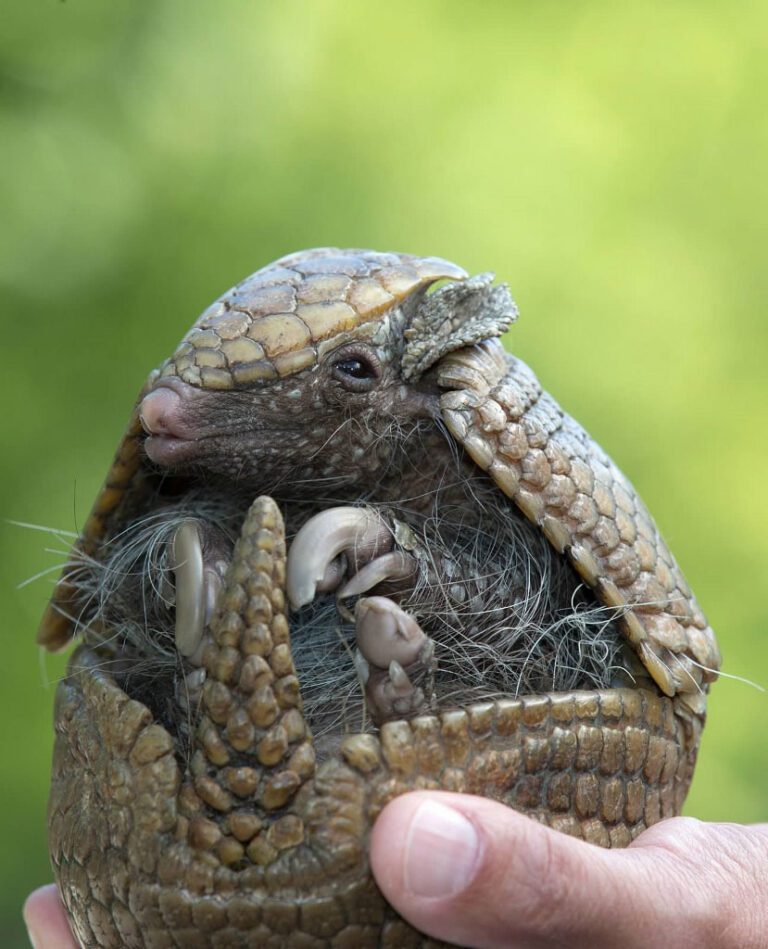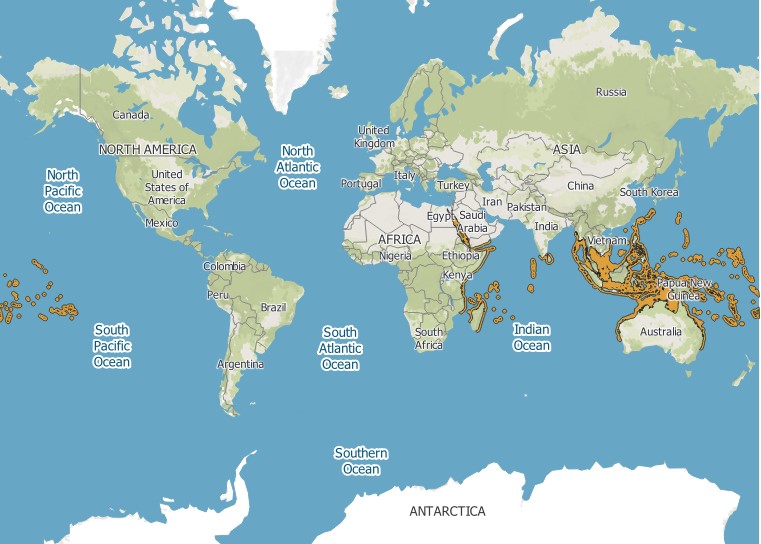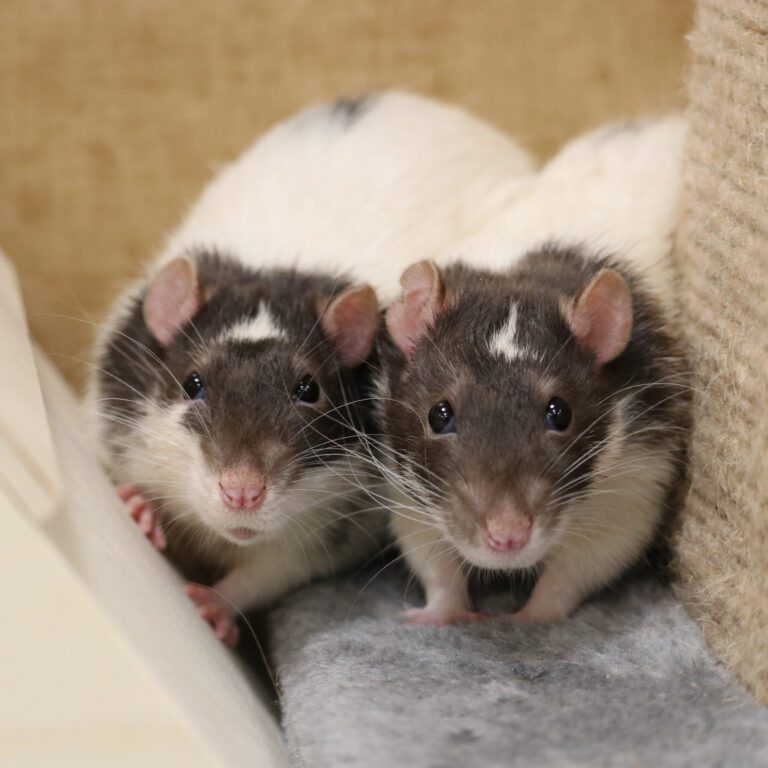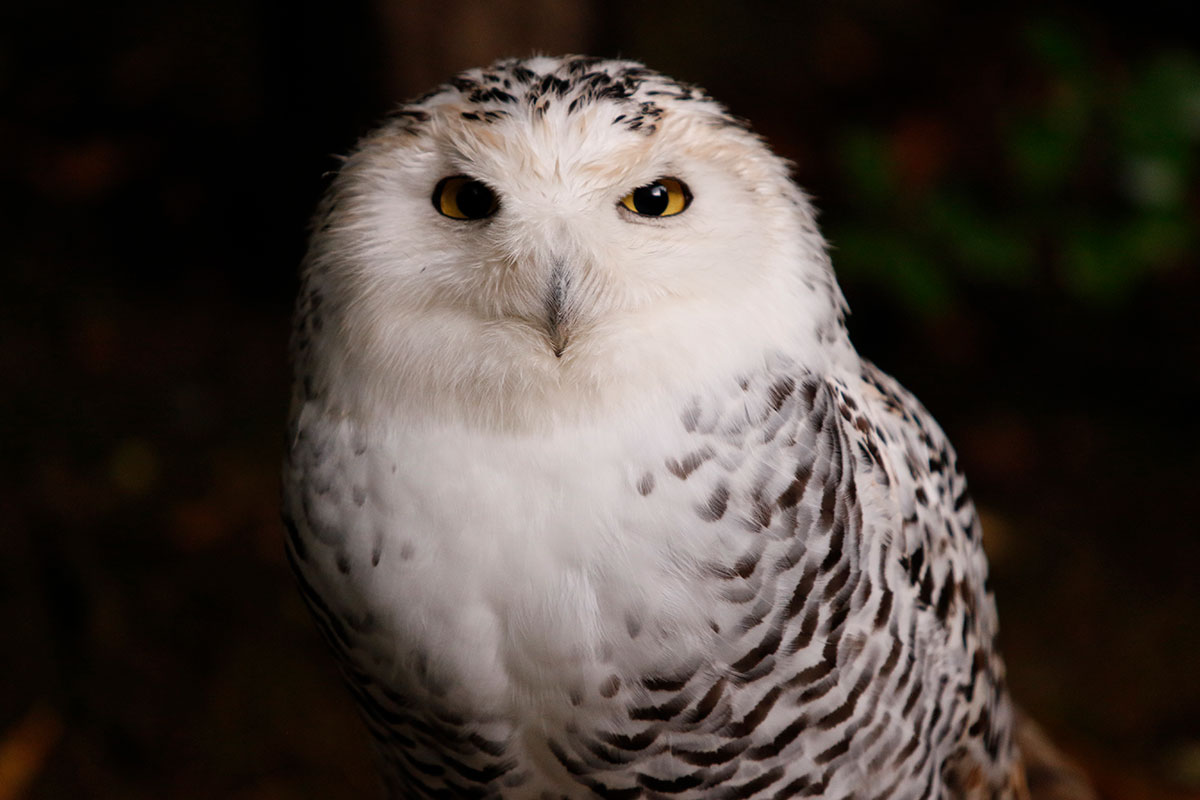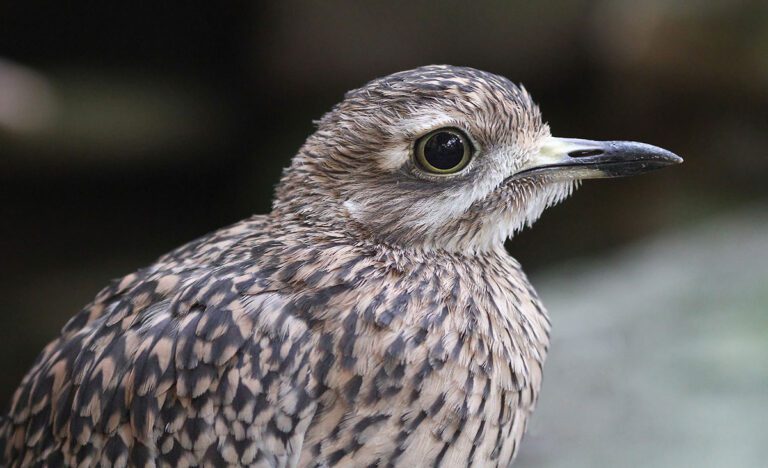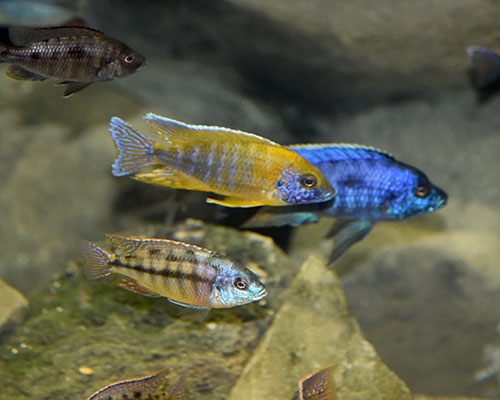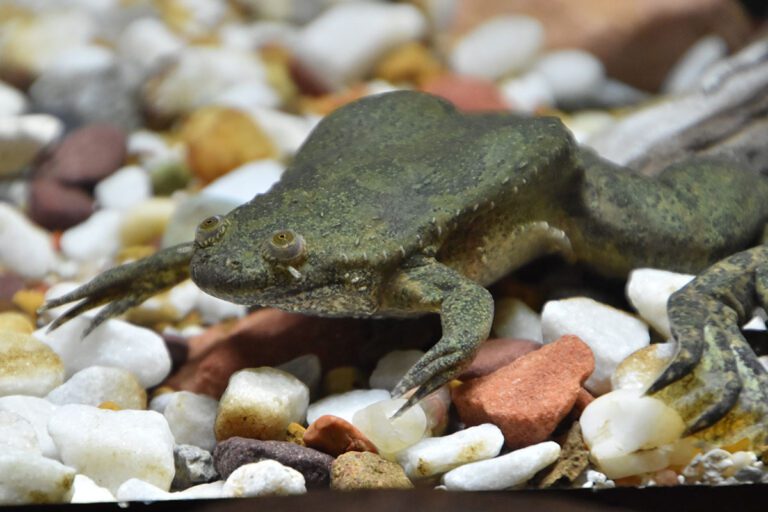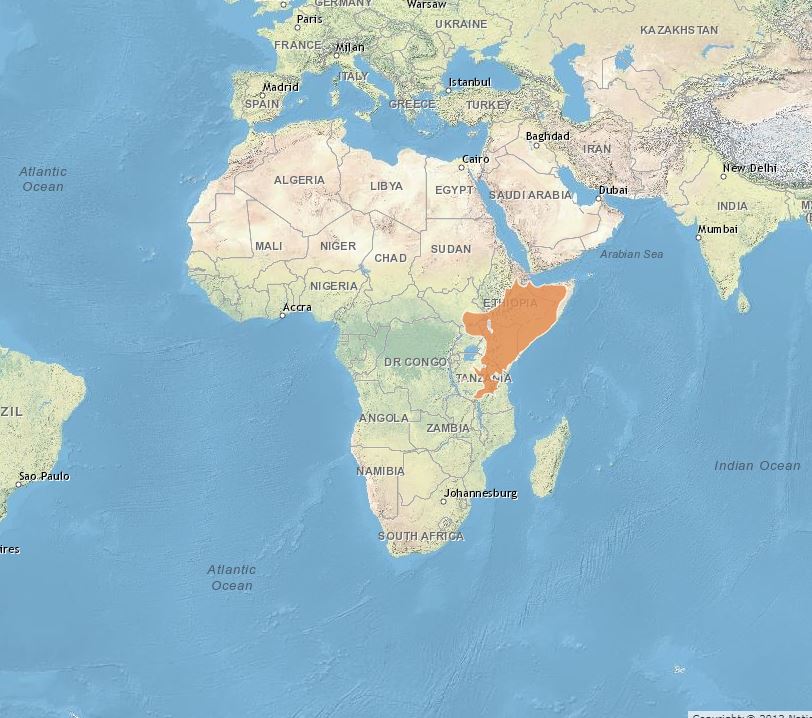Red-Footed Tortoise
(Geochelone carbonaria)
Koopa is the name of our female red-footed tortoise. She loves to eat grapes!
Animal Facts
Diet
The forest habitat provides the red-foot with an abundance of fallen fruits such as wild plum. It also eats wild mushrooms, vines, grasses, succulents and carrion, and is attracted to yellow and red flowers.
Status in The Wild
- Not Evaluated
International Union for Conservation of Nature (IUCN) Red List status
The red-footed tortoise is found throughout extreme southern Central America, and central and northern South America
This includes the countries of Panama, Colombia, Venezuela, Guyana, Suriname, French Guyana, Brazil, Bolivia, Paraguay, and Argentina. Red-foots are commonly found in relatively-dry grassland and forests areas. They can also be found in humid forest habitat. Red-foots are protected under Appendix II of the CITES, meaning they may not be exported from its home country without a permit. In every country in its range, the biggest threat to the survival of the red-footed tortoise is hunting by man.









